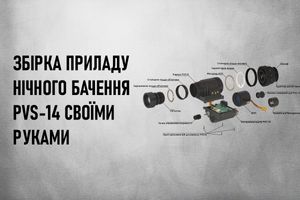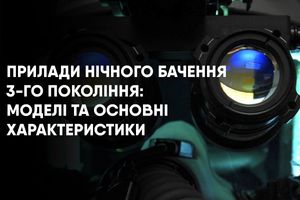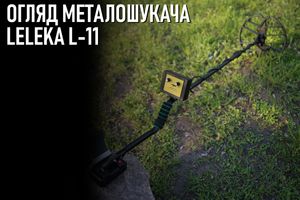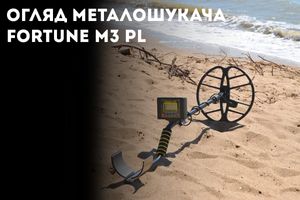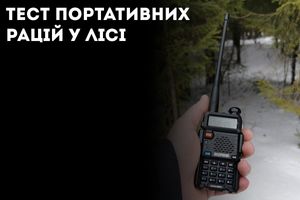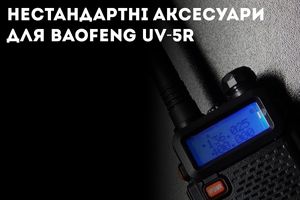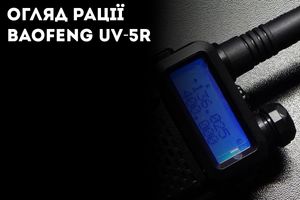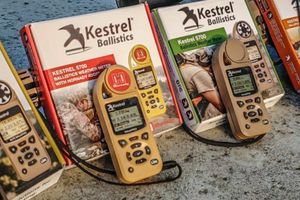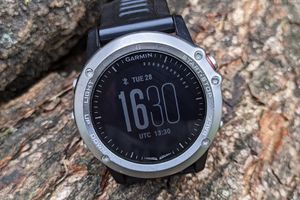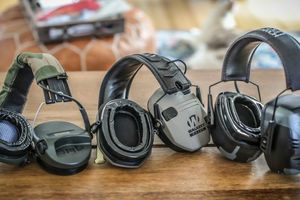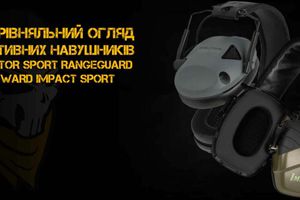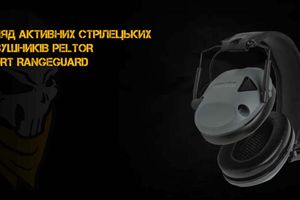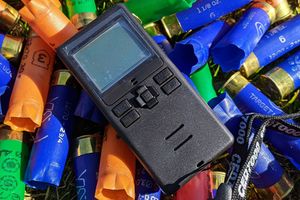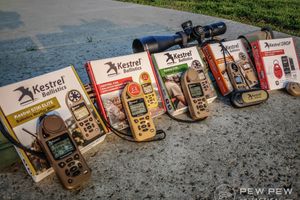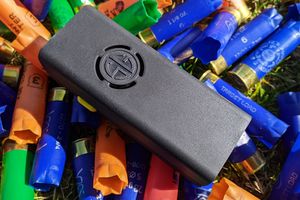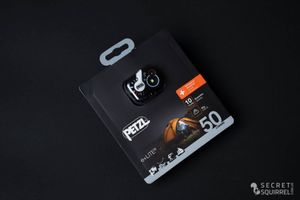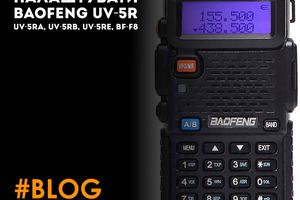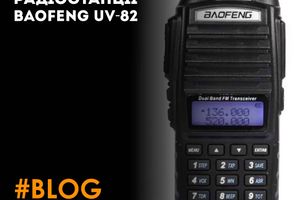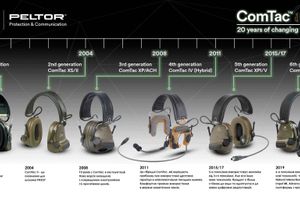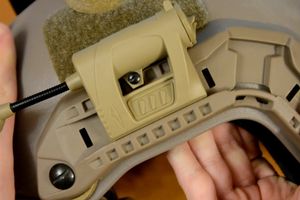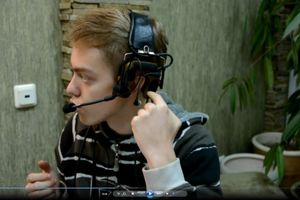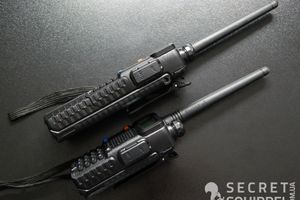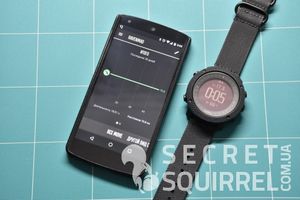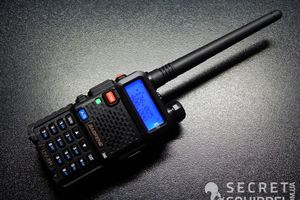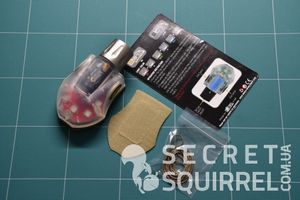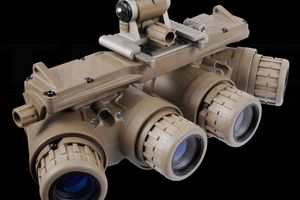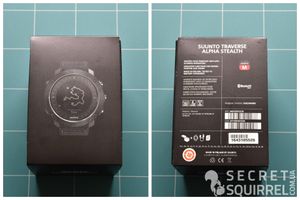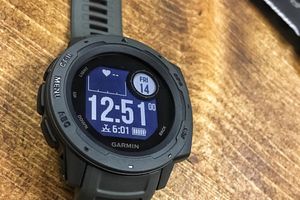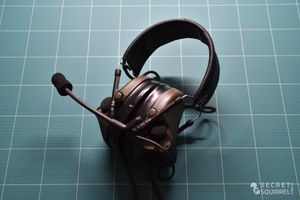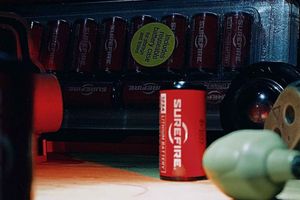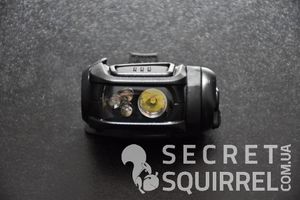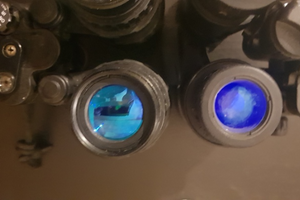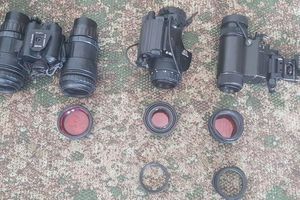MOHOC tactical cameras are American-made helmet-mounted action cameras that are used by elite military units of the United States and the armies of NATO countries. Nowadays (2023), the MOHOC company has released two generations of cameras, totaling 5 models, which differ in characteristics and equipment.
In this article, we will talk about the features of each model and give their characteristics.
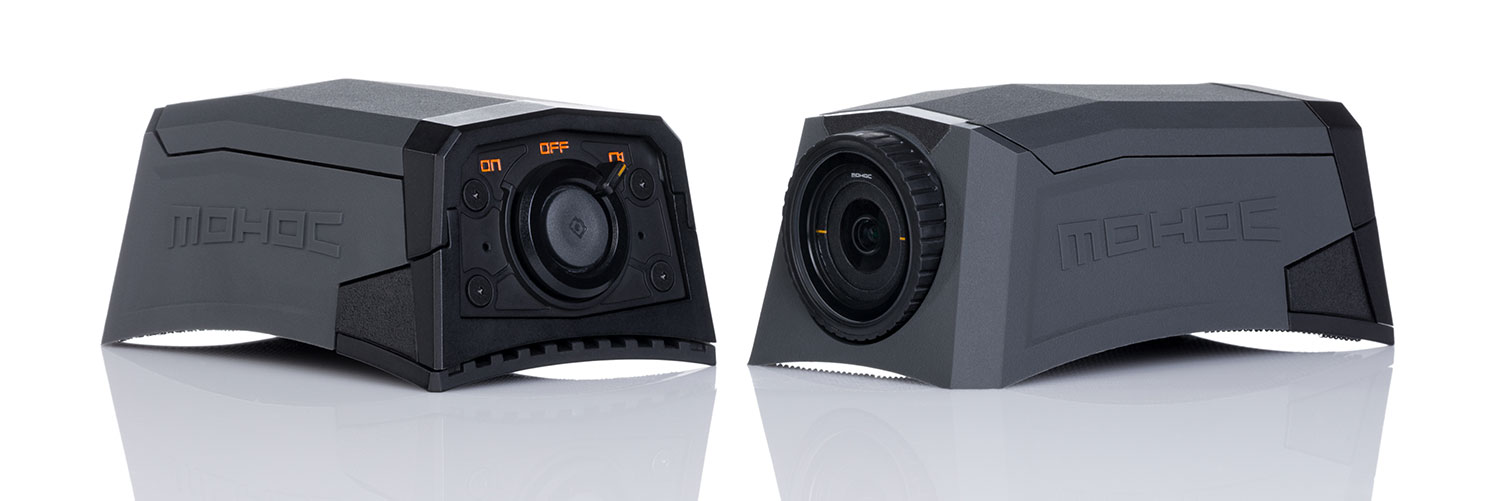
MOHOC Cameras
The first generation of MOHOC cameras, represented by two models: MOHOC® and MOHOC IR®. Both models have identical characteristics: compact size, light weight, 1080p resolution, IP68 water and dust resistance. A photo mode is also available. Control is carried out with one button and is possible even with shooting gloves.
The cameras support MicroSD memory cards with a capacity of 64 GB with optional data encryption.
An important detail: streaming video takes place over a wireless network. For this, the manufacturer provides the MOHOC App mobile application and the LASO™ two-component transmitter. Recorded video can be saved to a memory card.
The cameras have a USB connector and are equipped with a suitable cable for charging the battery and transferring the captured data to a computer.
The shape of the camera is adapted to the curves of the helmet and can be fixed equally well on any side of the helmet.
The only difference between MOHOC IR® and the basic model is the presence of an infrared mode in the latter. This mode allows you to shoot in low light or complete darkness using infrared rays.
General characteristics of cameras of the first generation
Parameters: 52 x 42 x 88 mm.
Weight: 202g / 7.2oz.
Microphones: 2 external microphones for stereo sound.
Audio: 32kHz — 48kHz depending on video setting.
Resolution: 1080p at 60/30 FPS Full HD. 720p at 120/60/30 FPS.
Video: 12 MP. Manual photo, photo burst, time lapse (photo every 60, 30, 5, or 3 seconds).
MOHOC® image quality: Full HD colour in visible light.
MOHOC® IR image quality: Full HD Black & White in visible and IR light spectrum from 420nm to 950nm.
Dual capture: ability to take still photos while simultaneously recording video.
Waterproof: 10 metres (33ft) for 30 min. IP68 rated in standard case (without additional case or housing)
Impact resistance: 2 metre (6.5ft) drop test.
Wireless connection: WiFi 802.11b/g/n.
Memory: MicroSDTM card compatible up to 64GB. Class 10 or higher required. Card not included.
Battery: 5+ hours of operation with two CR123A lithium batteries (not included) and 2 hours 45 minutes with a MOHOC® Li-ion battery (included).
Connectivity: Charge and sync with USB (cable included) and HDMI for playback.
Optics/lens: aperture F2.8, 140º Field of View, and CMOS Sensor.
Low light: auto adjustment for optimal recording in low light environments.
Rotating Lens: manually rotate lens up to 190º to record horizontal video from any mounting position.
Secure attachment: Velcro® attachment direct to helmet or helmet cover. Lanyard included to tether for additional
security.
Additional settings: loop recording, video orientation adjustment, date & time stamp, and power save mode.
Kit includes: MOHOC® Camera, 1100mAh Rechargeable battery, 2 Velcro® mounting strips, USB cable,
lanyard and bag.
MOHOC 2 Cameras
Like the first-generation models, the new cameras have retained the key features of the MOHOC line — IP68 tightness, a shape adapted to the helmet curves, and a 190º rotation of the lens.
The dimensions have changed — they have become smaller compared to previous models, while the weight of the cameras has also decreased.
Unlike the MOHOC® and MOHOC IR®, second-generation cameras stream video via handheld radios. There is no option to save the captured video.
In addition, MOHOC 2 Cameras received the following innovations:
-
Mil-Spec ports and cables;
-
Plug-and-Play radio integration;
-
20 times improved low-light sensitivity.
There are currently three second-generation models: MOHOC® 2 USB-UVC, MOHOC® 2 IP, and MOHOC® 2 SDI.
General characteristics of cameras of the second generation
Parameters: 41 x 32 x 80 mm.
Image sensor: 1/2.8” back-illuminated CMOS (for ultra-low light).
Minimum illumination: 0.006Lux @F2.0, 0.0002(DSS on) in visible light.
Optics/lens: aperture F2.0, 120º Field of View.
Scanning system: progressive scan.
Electro-optical shutter: 50Hz : 1/25~25,600sec 60Hz : 1/30~1/30,000sec. In MOHOC® 2 USB-UVC is automatic.
Impact resistance: withstands a drop from a height of 2 m (6.5 ft).
Water resistance: standard connectors — IP64 level (protection against penetration of solid bodies with a size of at least 1.0 mm and splashes falling at any angle), ; additional connectors — IP68 (10 m for 30 min).
Connection: cabled.
Power requirement: DC external power source.
Low light: auto adjustment for optimal recording in low light environments.
Rotating Lens: Manually rotate lens up to 190º to record horizontal video from any mounting position.
Secure attachment: CurvelockTM base designed to match helmet curvature, provides unprecedented low-profile, secure attachment via Velcro® direct to helmet or helmet cover.
Operating temperature: -10...+55°C (14...131°F)
Weight: 71 g (2.5 oz).
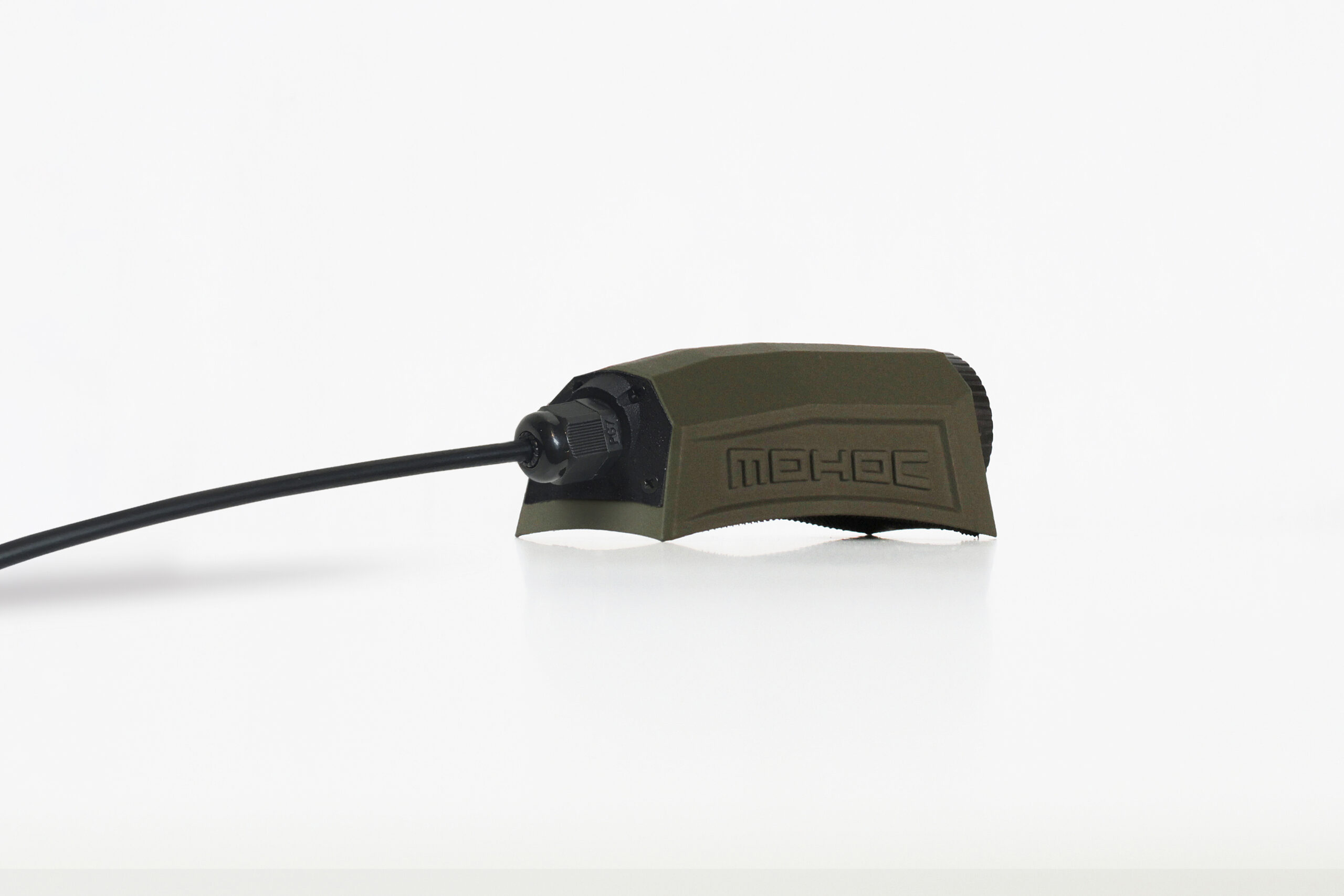
MOHOC® 2 USB-UVC. This is a basic model that comes complete with a USB cable. It is designed for radios that accept USB-UVC video and power/data hubs such as the Glenair STAR-PAN™. In addition to USB, the kit includes two Velcro strips and a branded case.
Features:
MJPEG output: 1080/720p
Resolution: max. 1080P (1920x1080)
FPS: max. 25/30 fps (50/60 Hz)
Power supply: USB 5V. Consumption: max. 180 mA at a constant current of 5 V
Connection: Gleniar 807 or standard USB cable
Exposure: automatic
White balance: automatic
Gain control: automatic
Compatibility: Windows, Linux, Mac, Android, etc
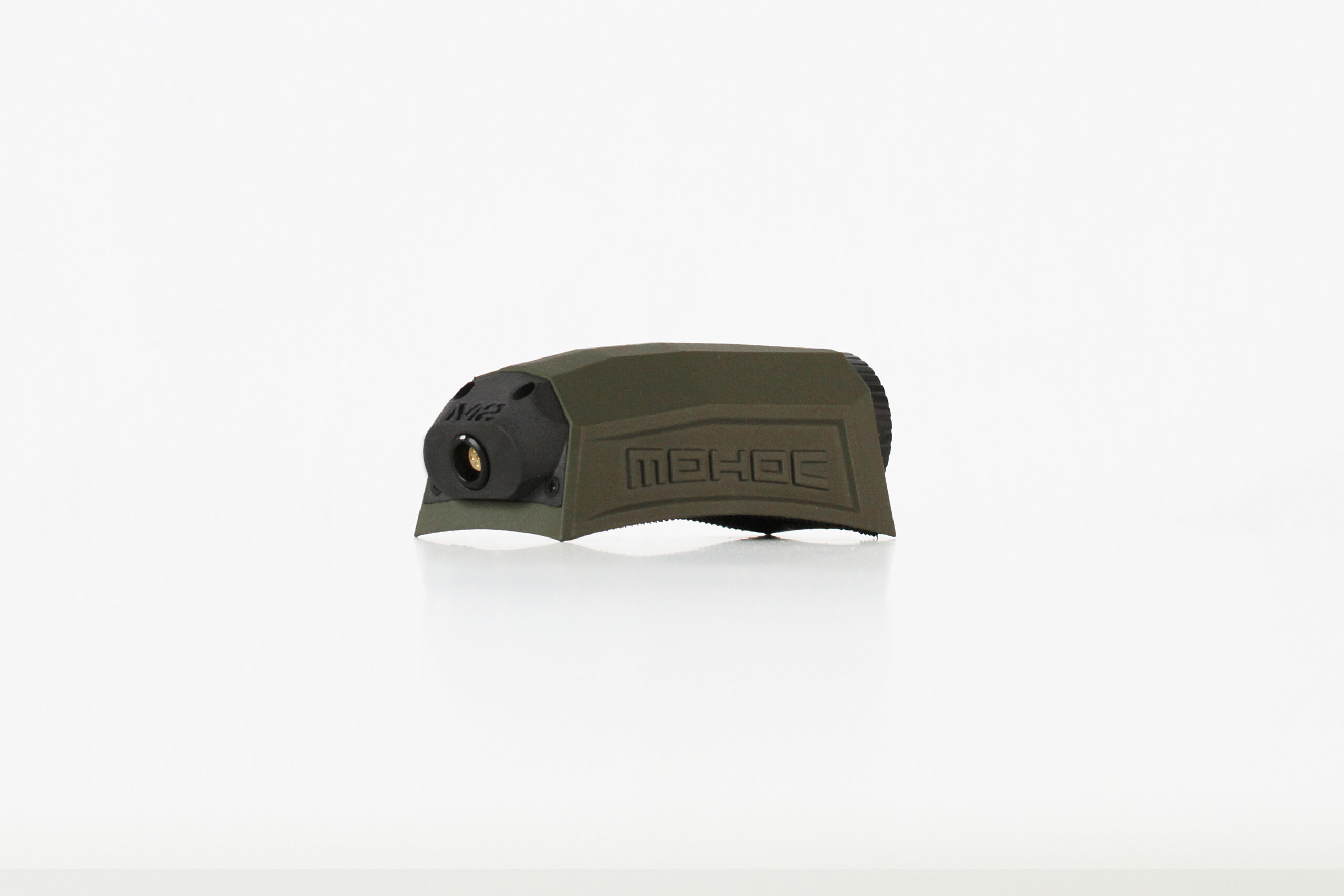
MOHOC® 2 IP. The model outputs IP video compatible with radio stations and networks that accept IP video.
Designed as a customizable platform, MOHOC® 2 can be tailored to match many C5ISR (US Army digital system) requirements. The MOHOC® 2 IP Camera is built to stream real-time video over mobile ad hoc networking (MANET) radios. Created as a live sensor for the hyper-enabled operator, it maximises situational awareness at the tactical edge.
Kit includes: MOHOC® 2 IP Camera, power/data cable with RJ45 connector (Ethernet connector) for data transmission and DC connector for power, two Velcro strips and branded case.
Features:
Output: 2 x H.264, 1 x MJPEG
Resolution: 1920x1080, 1280x720, 800x600, 704x480, 704x400, 640x480, 640x360, 320x240
FPS: 30, 15, 10, 6, 5, 3, 2, 1fps (60hz) or 25, 12, 8, 5, 1fps (50hz)
Bitrate: 1~20Mbit (6Mbit)
Bitrate control: Off, VBR, CBR
Stream parameters: RTSP address for 1st/2nd H.264 and MJPEG streams
Network protocol: TCP/IP, UDP/IP, RTP, RTSP, RTCP, NTP, HTTP, DHCP, FTP, SMTP, DNS, DDNS, Onvif
On Screen: Available via web browser
Power requirement: DC6~18V, max. 130mA@DC12V
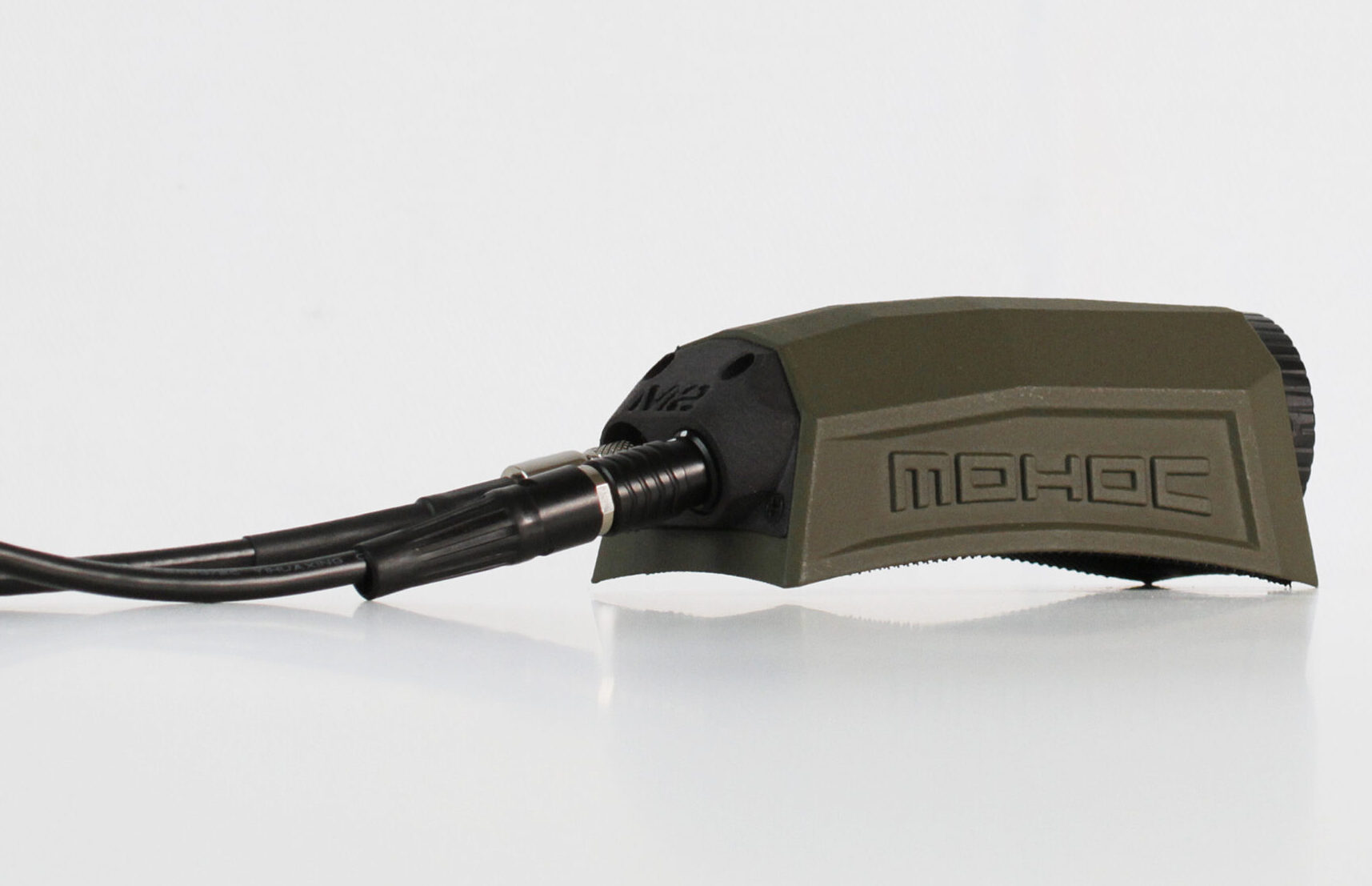
MOHOC® 2 SDI. It has similar functions to MOHOC® 2 IP, but outputs SDI video instead of IP, compatible with Persistent Systems MPU5 MANET and DTC SOL8DSR-H2 radios.
Kit includes: MOHOC® 2 SDI Camera, Din1.0/2.3-HD BNC video cable for connecting to the radio station, charging cable from MOHOC 2 to plug-in USB for power from the radio or USB power source, two Velcro strips and a branded case.
Features:
3G-SDI stream: 1080p25/30/50/60, 720p25/30, 720p50/60, 1080i50/60
Analog stream: CVBS
On Screen: Available via OSD switch and serial port
Power consumption: DC5~18V, Max.130mA@DC12V
Connection: yes (RS485 ) // only RX
As we can see from the characteristics of the cameras, each of the presented models has its own features and advantages, which allows users to adapt them to their combat tasks. When choosing a camera, you should consider the method of video transmission — wireless or cable, and compatibility with certain radio stations in the case of a cable connection.
Source: mohoc.com










































































































































